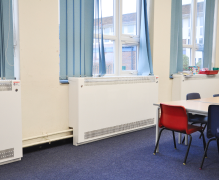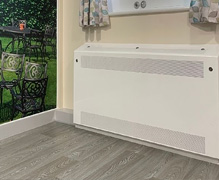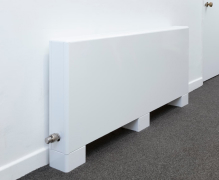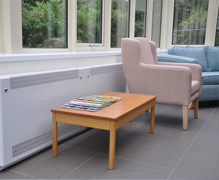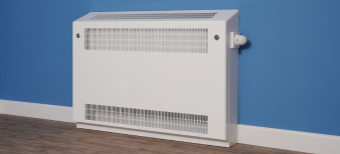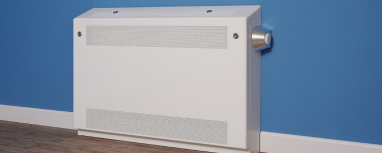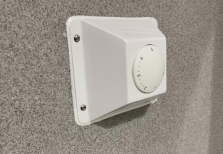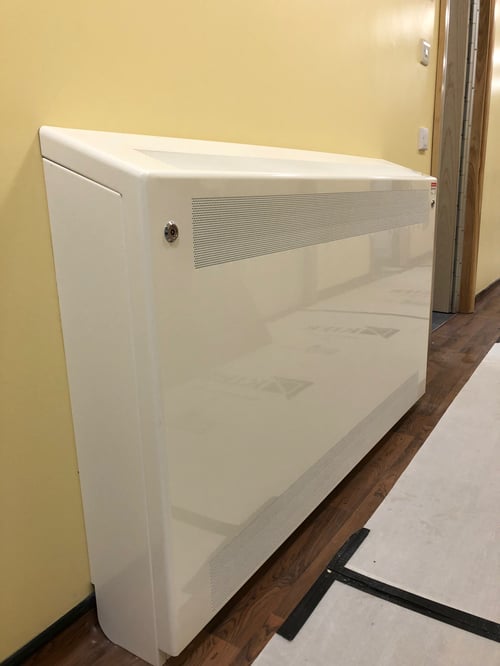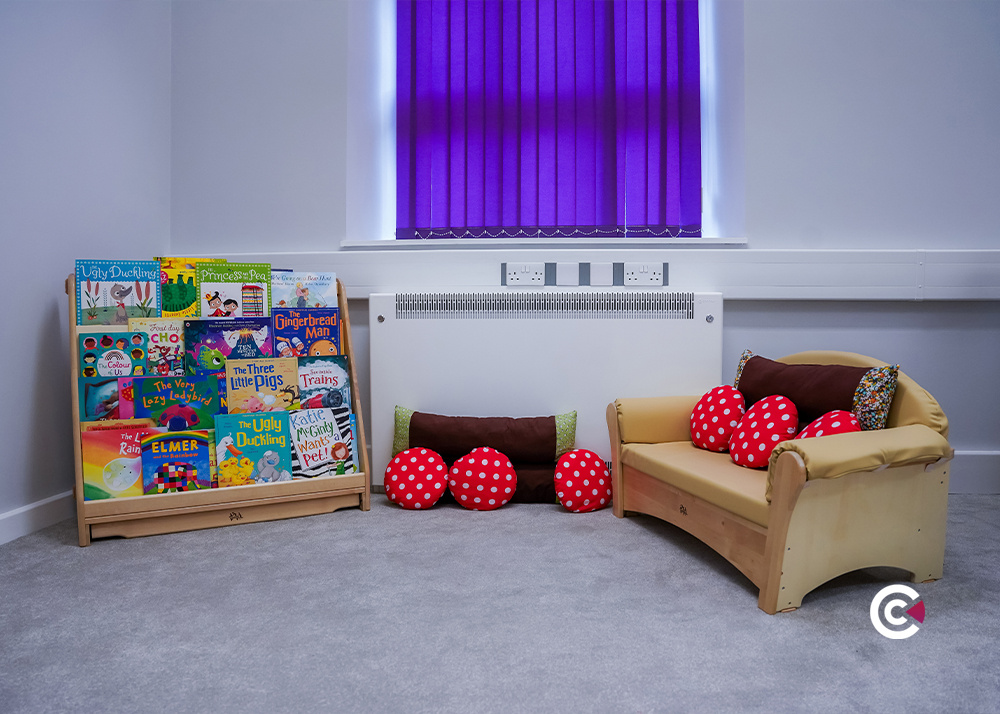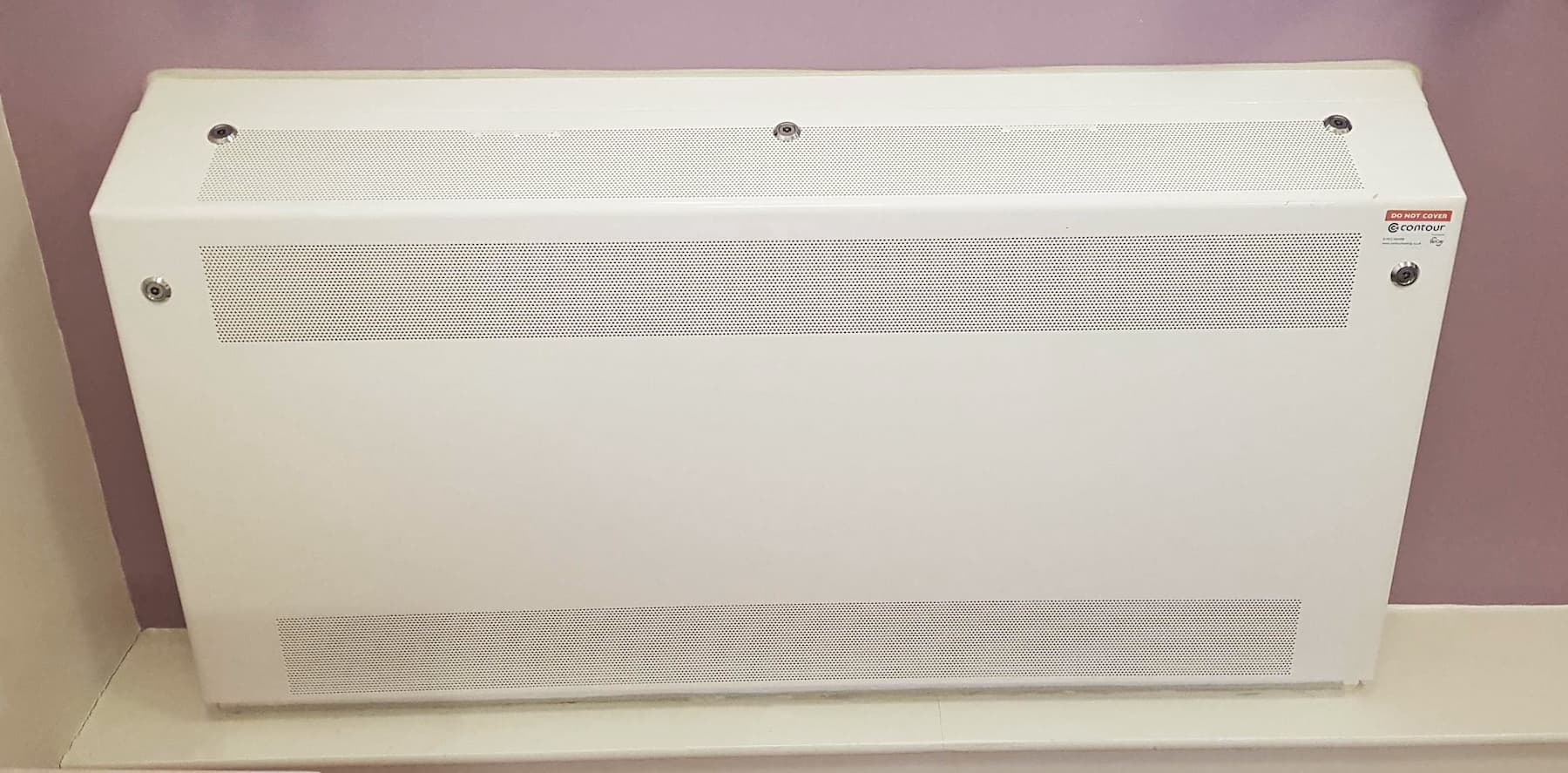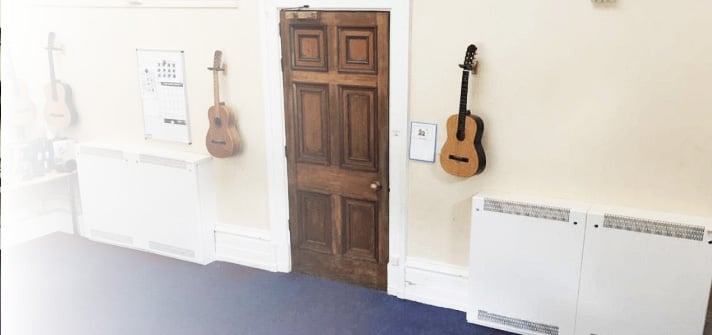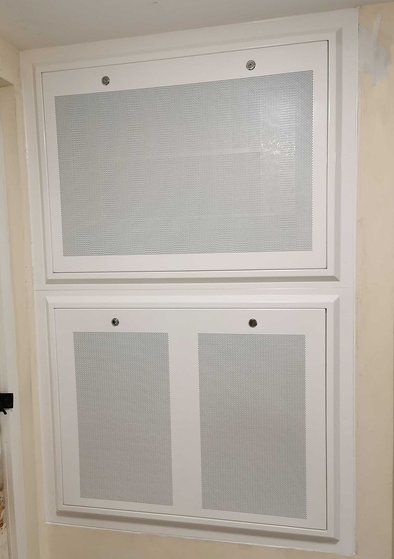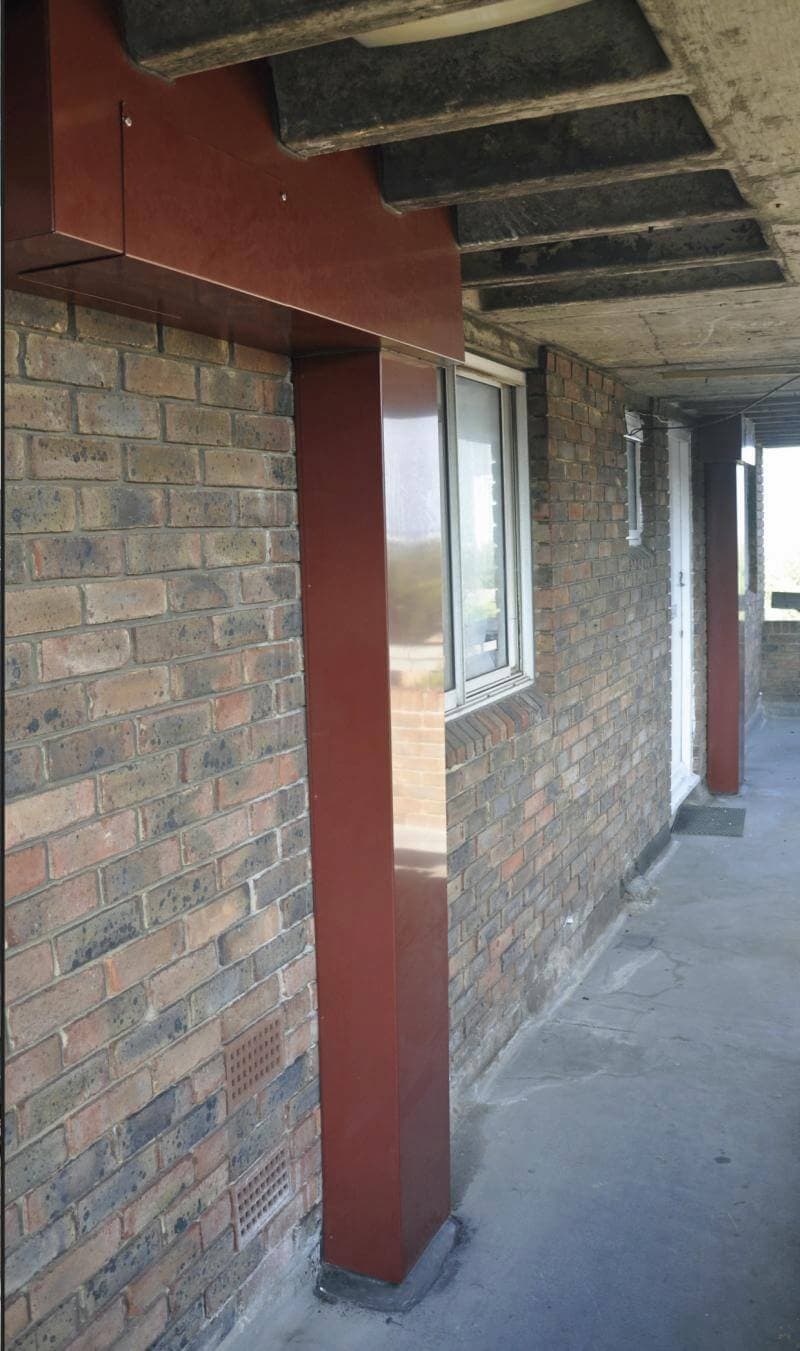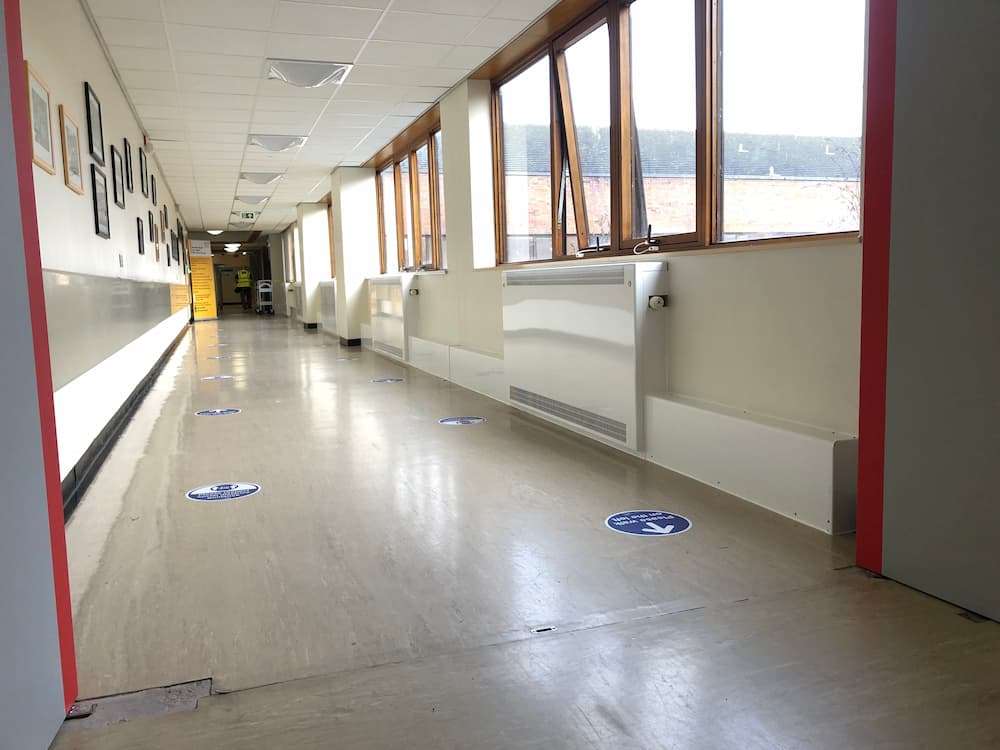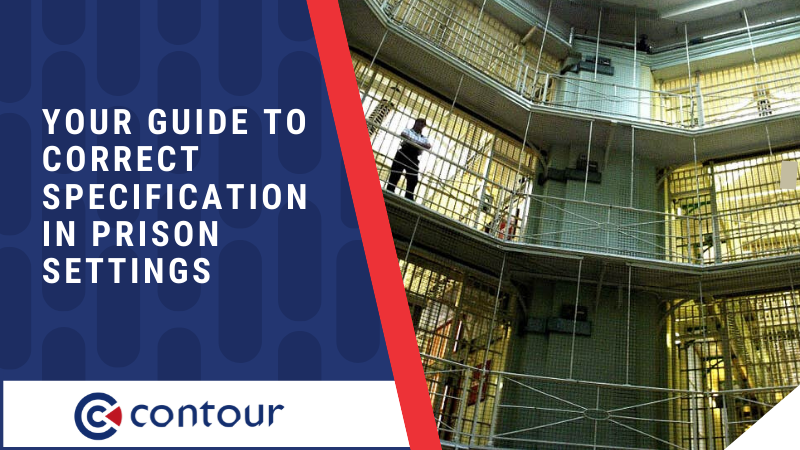
There are a range of product characteristics to consider when carrying out the re-design and/or refurbishment of a prison setting. Suicide, violence, vandalism and the concealment of contraband are issues that the custodial system faces, daily, all over the UK. Along with this, we hear reports of unsanitary living conditions, leading to cross contamination and illness amongst individuals.
It’s therefore important that careful and appropriate specification takes place to ensure a safe environment that fosters rehabilitation and reformation.
Different Types of Prison Setting
Upon initial assessment, prisoners are given a security category based on:
- how likely they are to try to escape
- their risk of causing harm to other prisoners and prison staff
- whether they’re at risk of self-harm and/or suicide
This will largely dictate the type of cell that they’re assigned to and the level of security provided. If you are in a high security category (like A or B) you will have less freedom in prison to do things than other prisoners. Prison staff will do more to check on you and to stop you escaping.
It’s important to note that the different categories that you’re assigned to will dictate your access to resources, including furniture, fixtures and fittings.
Standard Prison Cells
Most standard prison cells will have access to everyday appliances and essentials, for example, washing and sleeping facilities. In some cases, cells will have a kettle and a television; although this is considered a privilege and will be based upon good behaviour.
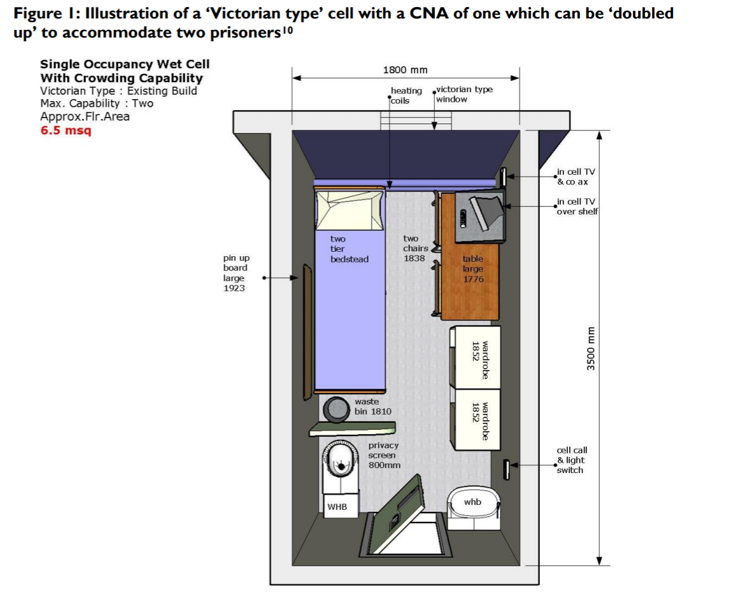
Safer Cells: What Are They?
Upon assessment, prisoners deemed to be especially vulnerable will be allocated to a VPU, which stands for ‘vulnerable prisoner’s unit’. Prisoners are actively encouraged to inform staff if they have any thoughts of harming themselves.
Those most vulnerable will be placed in what’s known as a ‘safer cell’. These are primarily designed as an attempt to prevent impulsive acts of self-harm and suicide.
In their Quick-Time Learning Bulletin, The Ministry of Justice points out that safer cells are designed to make the act of self-harm or suicide by ligaturing as difficult as possible. To achieve this, designers are prompted to reduce known ligature points as far as possible by installing specialist anti-ligature furniture and fittings.
A common misconception about suicide is that it should involve suspending the body from a high ligature point. However, many deaths also occur through asphyxiation or strangulation without suspension of the body and by using a ligature point below head height.
Prisoners with suicidal tendencies will look at every possible opportunity to inflict self-harm on themselves.
In a method known as the ‘crocodile roll’, a person will tie rope or cord round a ligature point and then around their neck. The individual will then roll along the floor at a fast pace, eventually cutting off circulation, leading to death.
Specifiers involved in the design of a ‘Safer Cell’ should consider these risks carefully, before sourcing the correct anti-ligature solution.
To read more on ‘Safer Cells’, click here.
Design Considerations For Standard Prison Cells
When Specifying heating solutions for standard prison cells, specifiers should be aware of the need to reduce acts of vandalism, provide efficient heating and promote a sanitary environment. Below, we’ll cover each in detail. To read the full article on the varying design considerations for prison cells, click here.
Built To Withstand Acts Of Vandalism
Ensuring high-performance in the most demanding of environments, we recommend a radiator that is built with robust Zintec Steel construction.
Vandalism in prison cells is an all-too-common occurrence in the UK, with reports frequently highlighting cases involving inmates using furniture to break ‘weak points’ in cell walls. A recent report highlighted such an incident, where a total of nineteen prisoners escaped from their cells due to vandalism of this nature.
In recognising the frequent risk of vandalism in the prison environment, Contour increases the thickness of their Zintec steel construction from 1.5mm to 2mm. The option to increase this further is available, subject to design requirements.
Heating Efficiency
Prison radiators traditionally operate on a pipe coil system, which has several drawbacks from a design and efficiency perspective. Often obtrusive and unattractive, pipe coil systems use far more water due to its wide diameter pipe, in comparison to an anti-ligature radiator-which operates on a much smaller section of pipework, whilst taking up less cell space.
Due to its heating efficiency, Contour’s anti-ligature radiators reduce the need for radiators to run for prolonged periods of time-heating up much quicker.
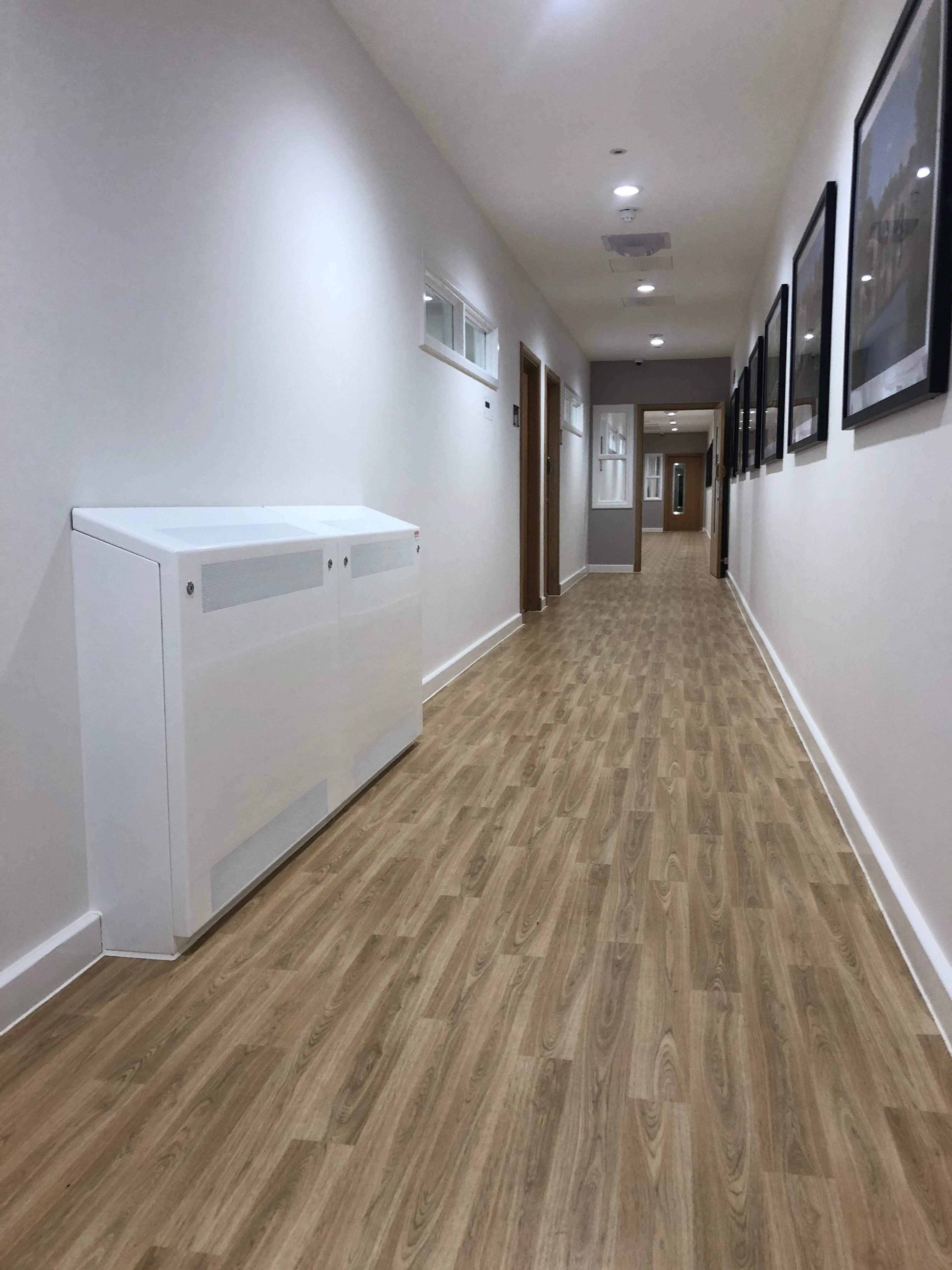
Prioritising Prison Cell Hygiene
Urine, blood, vomit and faeces-which is smeared over prison cell walls, floors and ceilings-is known as a ‘dirty protest’.
When a prisoner willingly chooses to urinate or defecate without the use of appropriate facilities, it can pose a significant health risk to other’s who are subjected to it.
Tuberculosis, HIV, and Hepatitis C are just some of the risks to prison staff and other inmates during a dirty protest where bodily fluids, including blood and faeces, are smeared across cell walls or even communal areas.
It’s therefore essential that appropriate cleaning practices are carried out safely and effectively.
Contour is the only company to incorporate BioCote® anti-microbial protection into their LST and anti-ligature radiators and guards, as well as their anti-ligature ventilation grille.
This unique, patented additive provides an effective, safe and long-lasting solution to combatting a wide range of dangerous bacteria, including MRSA and E.coli.
The anti-microbial efficacy of BioCote® products has been tested against a wide range of gram-positive and gram-negative bacteria as well as fungi. BioCote® has been proven to inhibit the growth of these organisms, thus providing hygienic practice.
To view the latest BioCote test certificate, click here.
With BioCote, the contamination of equipment, furniture and fixings due to dirty protests, is mitigated.
.jpeg?width=4032&name=Anti-Ligature-Radiator-Covers-For-Mental-Health-Contour-Heating%20(1).jpeg)
Pipe Boxing Solutions In Standard Prison Cells
Standard prison cells often contain exposed pipework, which poses numerous risks to prison officers and other inmates.
Firstly, you have the risk of hidden contraband. The smuggling of drugs, mobile phones and weapons is a common area of concern within prisons across the UK.
Secondly, exposed pipework is a safety risk due to surface temperatures potentially reaching 70°C.
Therefore, we recommend that specifiers source a pipeboxing solution. With appropriate pipe boxing, exposed pipework can be fully encapsulated by a 2mm Zintec steel casing, making it highly effective at deterring prisoners from stashing contraband and causing burns within their prison cells.
Reducing Stash Points In Prison Cells
The smuggling of drugs, mobile phones and weapons is a common area for concern within prisons across the UK. It is therefore important for specifiers to source products that minimise the potential for inmates to conceal items within their cell.
.png?width=450&name=Anti-ligature%20radiator%20cover%20for%20care%20and%20nursing%20(1).png)
Cell Searching In UK Prisons
Under current legislation, cell searching is identified as a routine cell search and a routine-plus cell search:
- A Routine search is a level-A rub down search and a cell search, with no property record check
- A Routine-Plus search is a full body search and may also involve a property record check, in addition to a cell search
However, prisoners will go to great lengths to stash forbidden contraband, suggesting that not all concealed items will be identified within a routine cell search.
Reducing Stash Points With Anti-Ligature Radiators And Guards
Anti-ligature solutions are commonly specified in areas where there’s a potential for suicide and self-harm. An example of this would be inside a ‘safer cell’.
However, the anti-ligature radiator and guard’s full casing and 2mm grille design makes them the ideal deterrent for the concealment of contraband, making it highly unlikely for prisoners to stuff items inside the casing of the radiator or cover.
Along with Contour’s easy-access locking system, routine checks can be carried out safely and thoroughly in the unlikely event of an item being placed inside the casing’s interior.
Individual Cell Heat Control: Managing Prison Behaviour
Many criticise the current behaviour management strategies adopted by Custody Officers, suggesting that there is an overreliance on punishment, as opposed to positive reinforcement, which can have a negative impact on the behaviour exhibited by inmates.
When specifying heating solutions, we recommend that you consider the resources that have the potential to improve behaviour and relationships within the prison environment.
On current pipe coil systems, only Officers have the ability to control the heat output of four cells at one time, meaning that it’s impossible to accommodate the needs of every individual.
Picture this: One inmate in cell A is too hot and another inmate in cell B is too cold. Prison Officers now have the dilemma of,
‘Who do I please? Do I turn the heat up so that inmate B is happy, or turn it down to accommodate inmate A?’
Either way, you run the risk of aggravating an individual, leading to negative consequences.
Contour’s anti-ligature heating solutions allow Prison Officers to control individual cell temperature, making prisoners comfortable and alleviating the potential for violent outbursts. Depending on the layout of the cell block, the heating can be controlled from outside of the cell. This is of particular use if the cell block is on lock-down and access into the cells are off limits.
Through aiding prisoner’s comfort, you’re helping to establish trust and rapport with an inmate. For the full article on how you can manage behaviour inside a prison cell, click here.
Conclusion
Meeting the needs of both prisoners and Officers in a custodial and detention setting requires a holistic approach, considering a range of design characteristics before making specification.
If you’d like any more information on how Contour’s heating and anti-ligature solutions can improve standards in custodial environments, get in touch with one of our experts today.
About Us
Contour produces a range of innovative, safe surface temperature systems for healthcare, education, mental health, commercial and secure sectors, working in close partnership and collaborating with architects, M&E engineers, NHS Trusts, local authorities, design consultants and contractors to deliver outstanding safe heating solutions.
Contour is the exclusive partner of BioCote® anti-microbial technology for LST and anti-ligature radiators. BioCote® additives reduce bacteria by up to 99.9%. Contour combines an extensive range of colour-paints is with BioCote® for a durable, high-quality finish.
Contour’s heating solutions offer secure, single-person quick access to radiator guard interiors for regular deep cleaning and maintenance. Each year, Contour save the NHS millions of pounds in cleaning costs, therefore delivering.
-1.png)


